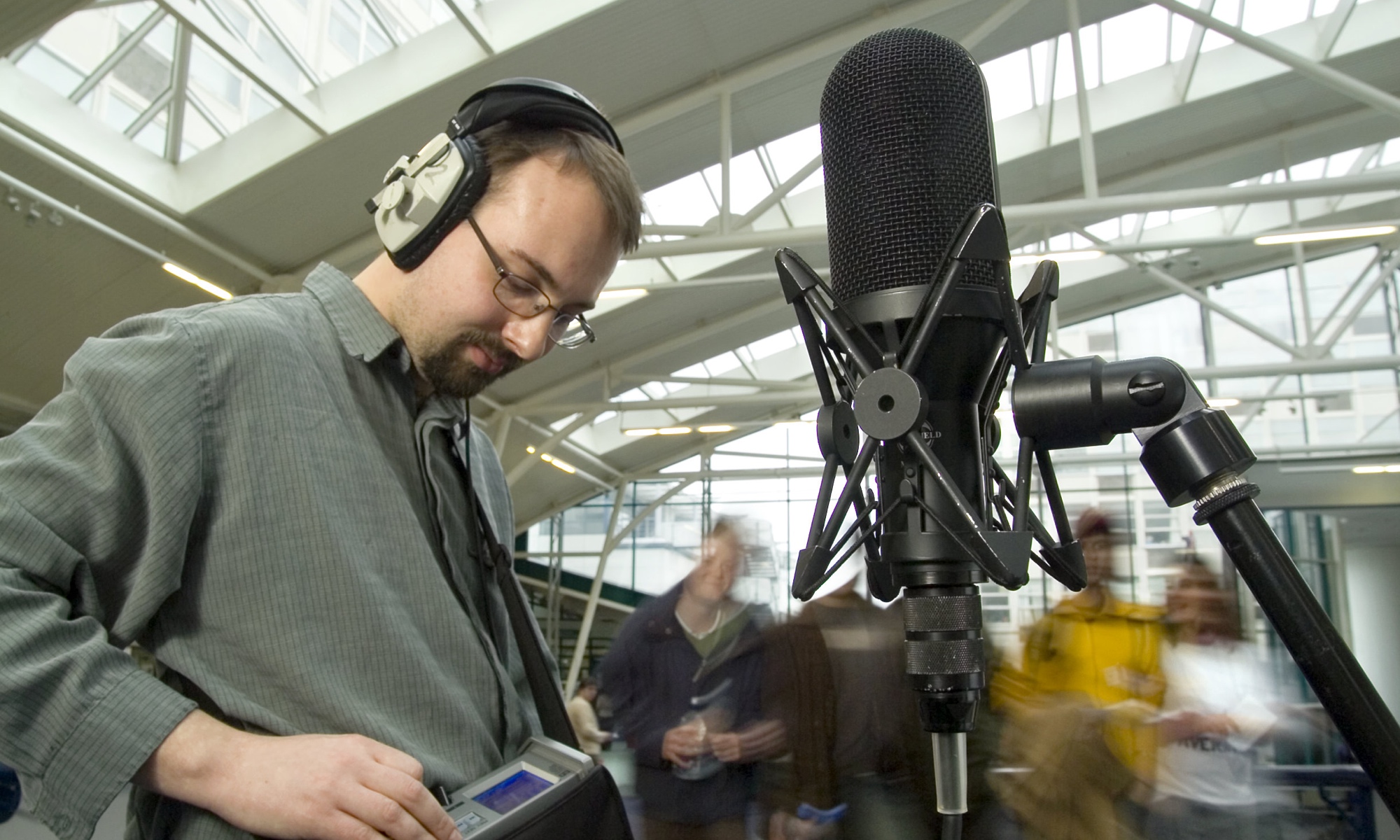The restrictions imposed by the pandemic thwarted the continuation of ‘in-person’ listening tests into Ambisonic Order and transparency over head-tracked headphones in 2020/21, which is an ongoing project using Very High Order Ambisonics (up to 35th) and hardware head-tracking. It raised the question, “How do we maintain our essential test features using remote systems?”. Many people had access to webcams, laptops and headphones due to remote working, so we sought to leverage this, with the results being WHAM!

The WHAM (Webcam Head-tracked Ambisonics) website (www.brucewiggins.co.uk/WHAM) takes the approach of using a webcam to measure head rotation via the browser to provide the dynamic cues necessary for a convincing room auralisation using Binaural Room Impulse Response (BRIR) data. Visitors to the site can experience up to 17th Order Ambisonics over headphones which incorporate asymmetric binaural filtering of captured room responses that reacts to the rotation of the head.
This approach is only able to model a single source position, but with the associated room response captured to a much higher order than is currently possible using Ambisonic microphones (which max out at 5th order) and allowing for accurate dynamic head movement cues to be processed in real-time in the browser.
The project has added extra functions to the JS Ambisonics library, to enable asymmetrical filtering (left/right symmetry is a common method for increasing the efficiency of Ambisonics to Binaural processing, but isn’t valid if room responses are to be used). The forked JSAmbisonics can be found at: https://github.com/DrWig/JSAmbisonics
If you have a webcam and headphones, do give it a try!

- Dring, M. and Wiggins, B., 2021. WHAM: TO ASYMMETRY AND BEYOND!. Reproduced Sound 2021, Vol. 43 Pt. (2). Available at: <https://www.ioa.org.uk/catalogue/paper/wham-asymmetry-and-beyond>.
- Dring, M., Wiggins, B. (2020) WHAM: Webcam Head-tracked AMbisonics. Reproduced Sound 2020 – Proceedings of the Institute of Acoustics, Vol. 42. Pt. 3 2020, UK
- Dring, M., Wiggins, B. (2019) The Transparency of Binaural Auralisation Using Very High Order Circular Harmonics. Reproduced Sound 2019 – Proceedings of the Institute of Acoustics, p165-173, Vol. 41. Pt. 3 2019, Bristol, UK


